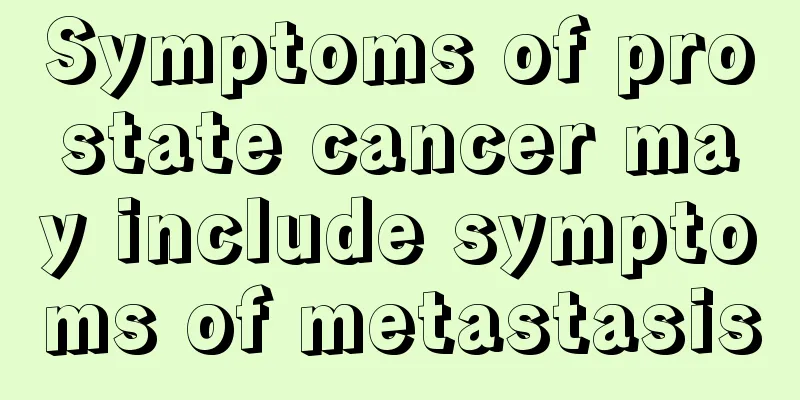What are the self-examination methods for bile duct cancer

|
Everyone knows that once bile duct cancer occurs, the disease deteriorates quickly and the treatment effect is poor. For some high-risk groups, everyone hopes to master some self-examination methods for bile duct cancer, so that when the body sends out disease signals, it can be discovered at the first time and go to the hospital for diagnosis in time. So, what are the self-examination methods for bile duct cancer? Experts say that the self-examination method for bile duct cancer is mainly to grasp its symptoms: Patients with bile duct cancer rarely show symptoms in the early stage. Many patients with bile duct cancer go to the hospital for jaundice. The earliest and most important symptom of bile duct cancer is jaundice. About 90% of bile duct cancer patients have uneven yellowing of the skin and sclera. The main manifestation of jaundice is progressive aggravation and deepening, and most of them are painless. A small number of bile duct cancer patients have fluctuating jaundice. Jaundice appears earlier in upper bile duct cancer, and later in middle and lower bile duct cancer because they are buffered by the gallbladder. About half of bile duct cancer patients have symptoms of right upper abdominal distension and discomfort, loss of appetite, weight loss, etc. These symptoms are often considered to be early warning symptoms of bile duct cancer. When abdominal pain first starts, it is similar to cholelithiasis and cholecystitis. According to the clinical manifestations of bile duct cancer, abdominal pain and jaundice can occur only three months after the onset of bile duct cancer. Along with jaundice, abdominal pain and other symptoms of bile duct cancer, there may also be weight loss, nausea, vomiting, dark yellow urine, light yellow or clay-colored stools, etc. In the late stage of bile duct cancer, when the tumor ruptures, there will be black stools and positive fecal occult blood tests when bleeding occurs in the bile duct. In severe cases, anemia may occur. When there is liver metastasis, symptoms such as liver enlargement and cirrhosis may occur. Patients with bile duct cancer may experience skin itching before and after the onset of jaundice, and may also be accompanied by other symptoms of bile duct cancer, such as tachycardia, mental depression, bleeding tendency, fatigue, steatorrhea and abdominal distension. The increased bilirubin content in the blood stimulates the peripheral nerves of the skin and causes skin itching. The above are the main manifestations of bile duct cancer. We have a preliminary understanding of this disease, so we must actively prevent bile duct diseases. If you have symptoms related to gallbladder cancer, you should go to the hospital for examination in time and don't delay. Patients with bile duct cancer should pay attention to follow the doctor's instructions, take drug treatment, and pay attention to diet. |
<<: How much does it generally cost to treat bile duct cancer
>>: What is the recurrence rate of early bile duct cancer
Recommend
How much does chemotherapy for testicular cancer cost
How much does chemotherapy for testicular cancer ...
Right temporal bone fracture
Right temporal bone fractures are often caused by...
What is the reason why the relationship between mother-in-law and daughter-in-law has always been bad
The relationship between mother-in-law and daught...
A simple dietary recipe to relieve insomnia in patients with esophageal cancer
Adequate sleep plays a vital role in wound healin...
People who weigh so many pounds generally have a longer life span
We rarely know the good or bad effects that being...
Aloe vera hair care and skin care
Aloe vera is a relatively common plant that most ...
Specific drugs for treating ovarian tumors
Traditional Chinese medicine has less toxic side ...
What are the factors that contribute to the cause of liver cancer?
Among cancer diseases, liver cancer is the most c...
What are the symptoms of rib tumors
Ribs are a type of bone in the human body, so the...
How to treat early lung cancer better? Can lung cancer be completely cured in the late stage?
Surgery is the first choice for early lung cancer...
What is a tooth root cyst
Cyst can be said to be a growth, and it is also a...
What are the causes of lower back pain?
Our human body is actually a sophisticated and in...
What are the symptoms of bladder cancer
Bladder cancer is a malignant tumor that can occu...
How to hydrate your skin
It is said that women are made of water, and hydr...
What are the methods for skin detoxification
Today's busy life makes people suffer from me...









